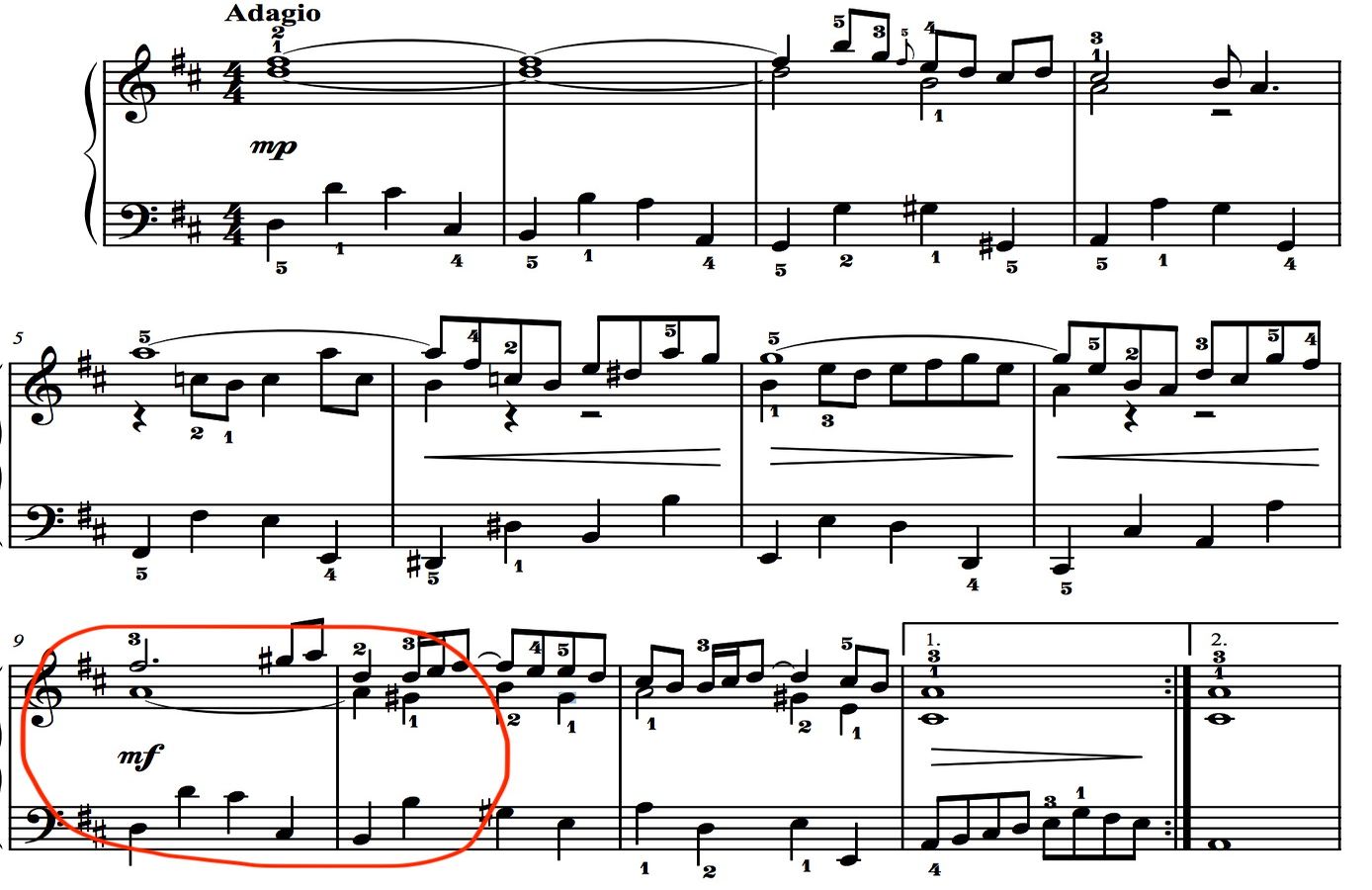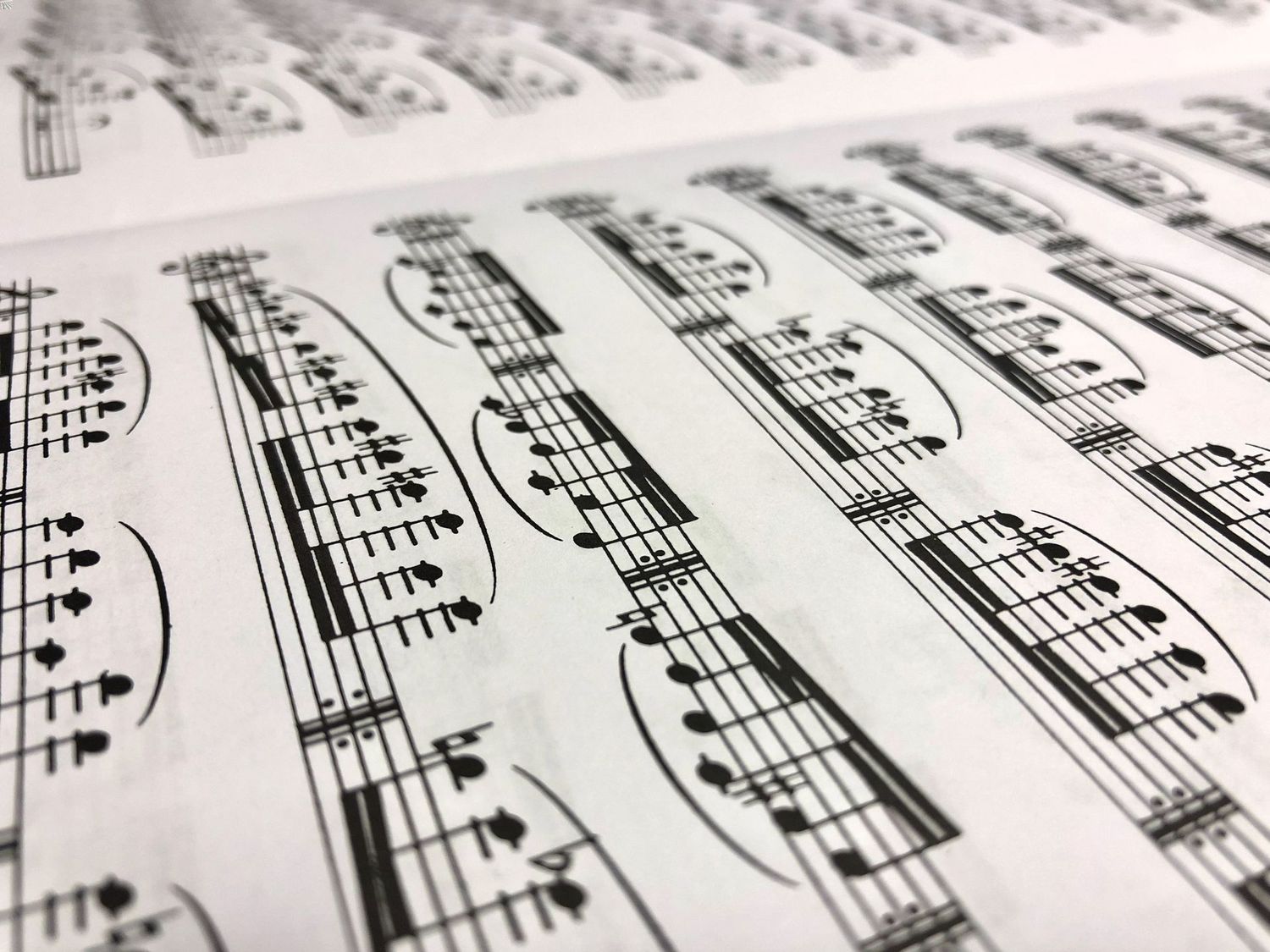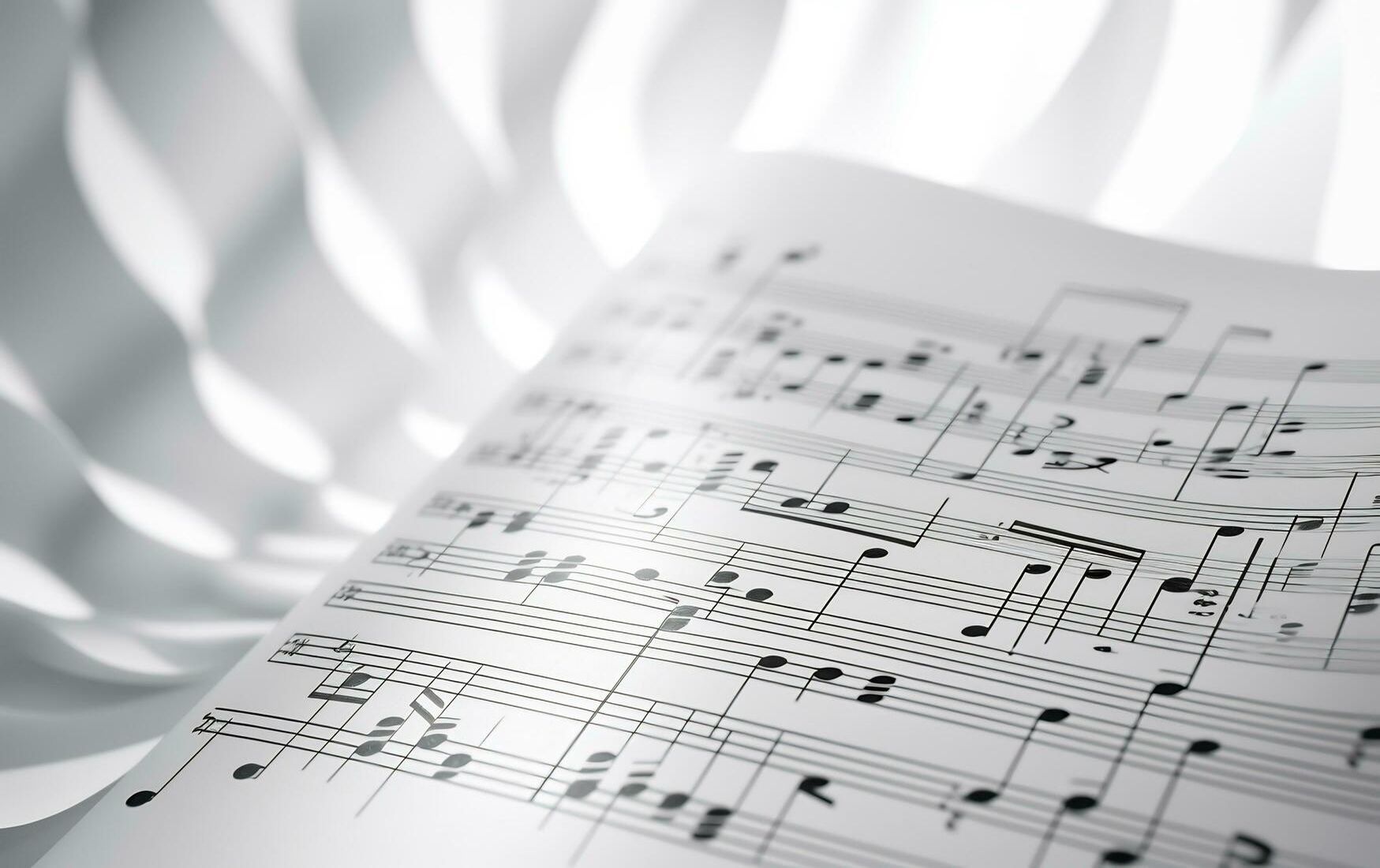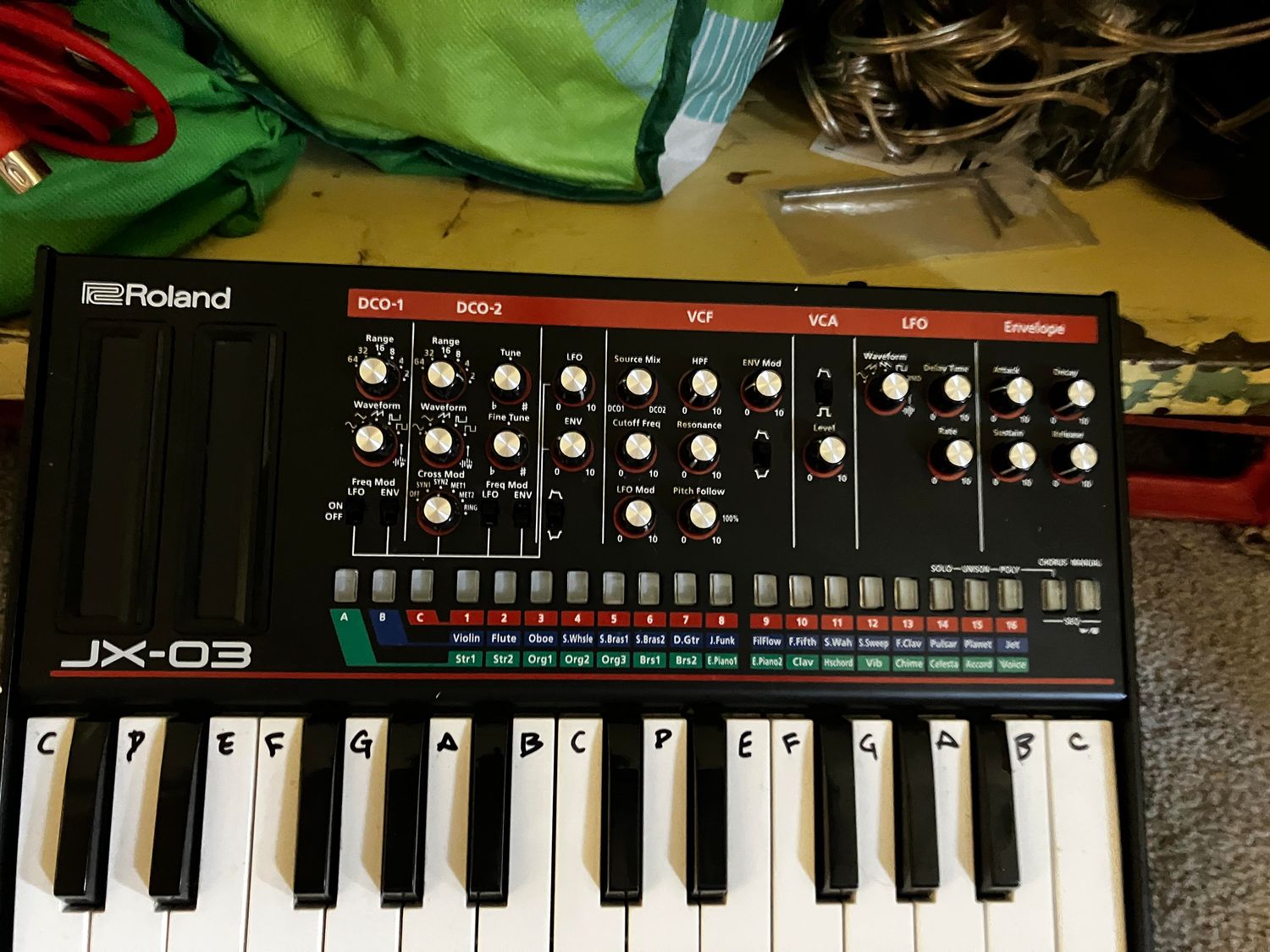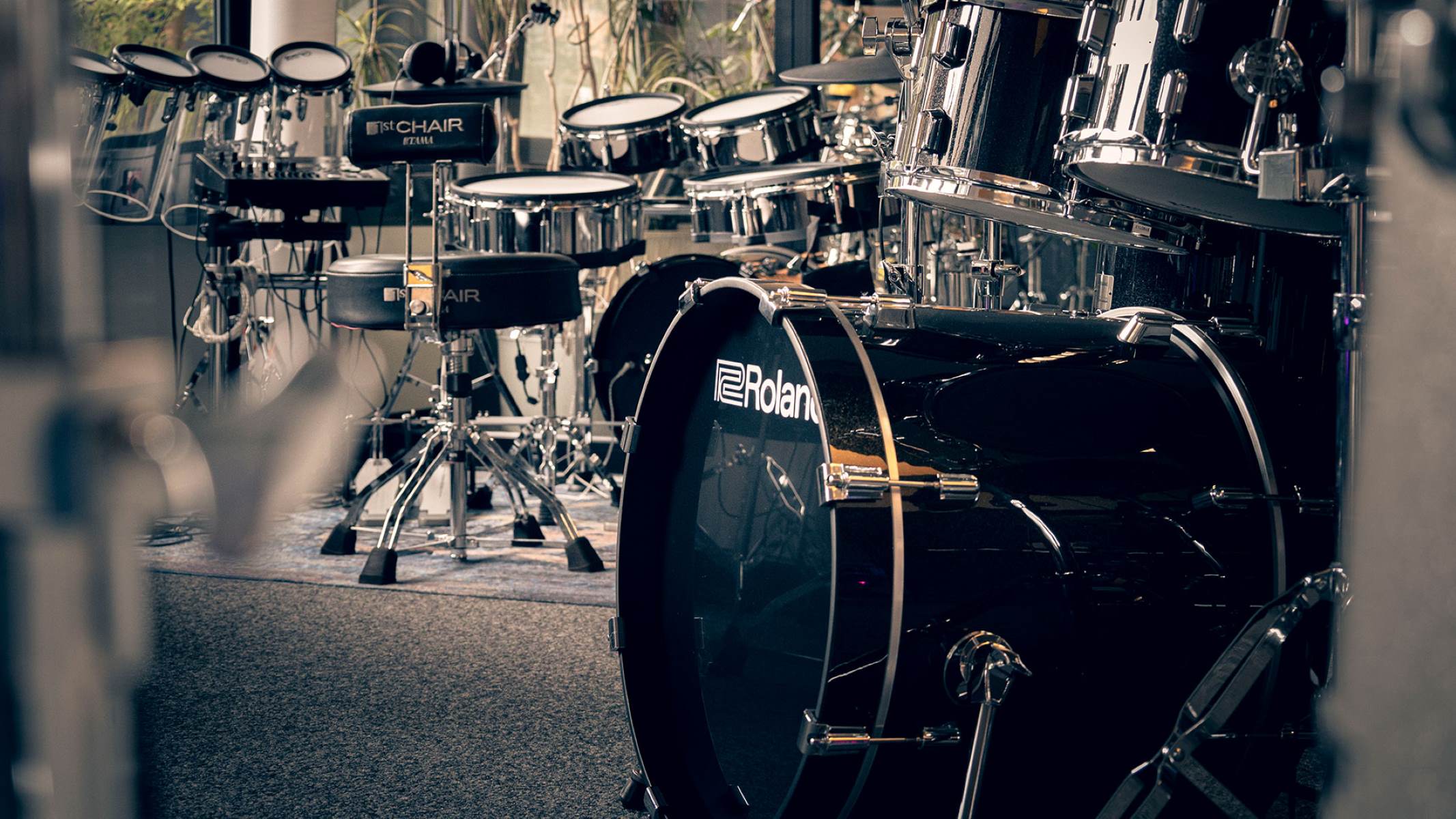Home>Instruments>Drums>What Is A Ghost Note On Drums
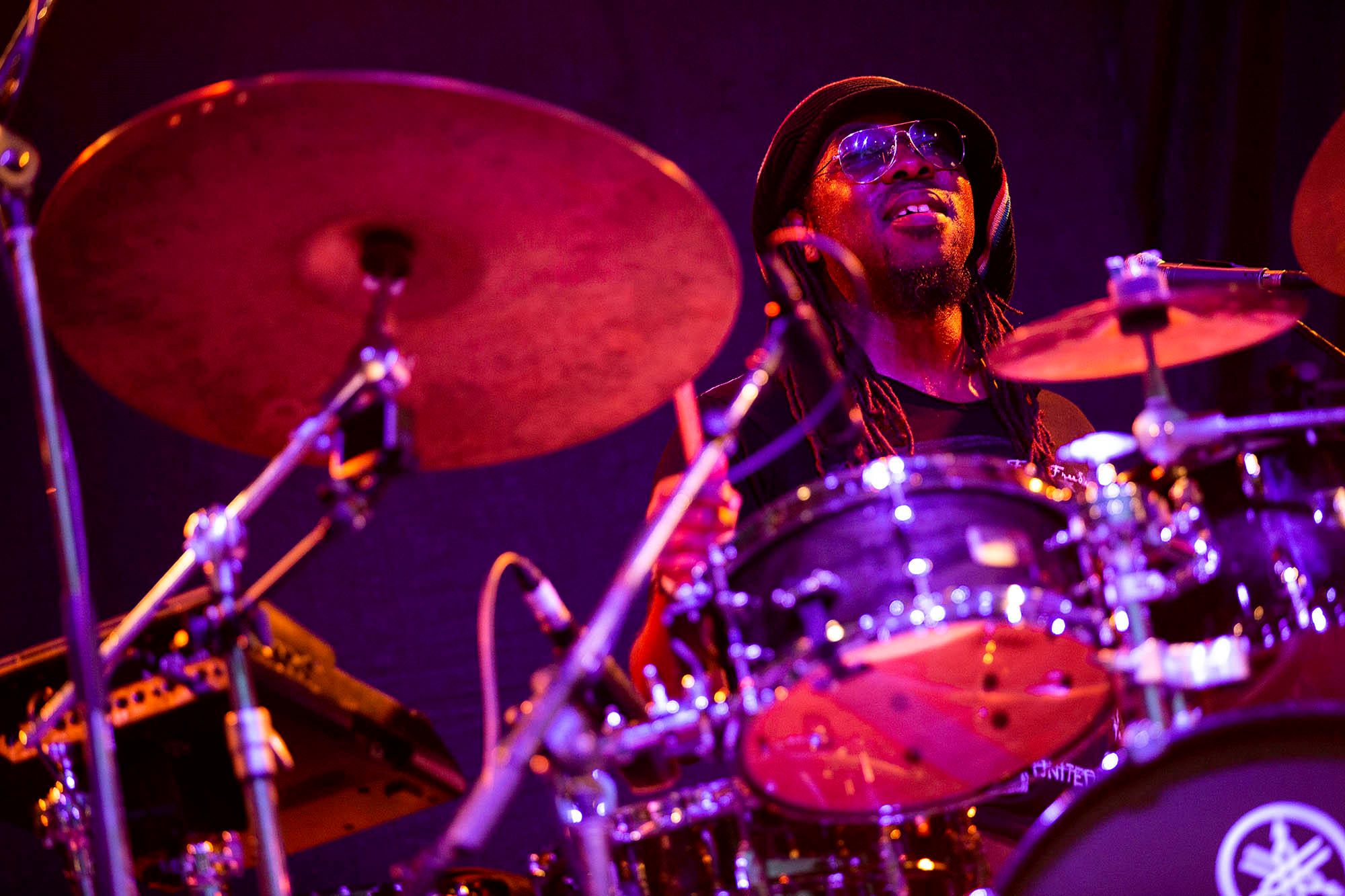

Drums
What Is A Ghost Note On Drums
Published: February 8, 2024
Learn all about ghost notes on drums, including how to play them and their importance in creating rhythmic dynamics. Master the art of drumming with expert tips and techniques.
(Many of the links in this article redirect to a specific reviewed product. Your purchase of these products through affiliate links helps to generate commission for AudioLover.com, at no extra cost. Learn more)
Table of Contents
Introduction
Drumming is a mesmerizing art form that transcends mere rhythm and beats. It involves a delicate interplay of dynamics, precision, and creativity. One of the most intriguing aspects of drumming is the concept of ghost notes. These elusive percussive embellishments add depth and texture to grooves, elevating the overall musical experience. In this article, we will delve into the world of ghost notes on drums, exploring their definition, techniques for playing them, notable drummers who incorporate them into their style, common misconceptions, and more.
Ghost notes are often likened to the subtle whispers in a conversation, adding nuance and subtlety to the rhythmic dialogue. Understanding the intricacies of ghost notes not only enhances a drummer’s proficiency but also enriches the musical tapestry as a whole. Whether you are a seasoned drummer or an aspiring percussionist, unraveling the mystique of ghost notes can open up new dimensions of expression and musicality.
Join us on this rhythmic journey as we unravel the enigma of ghost notes, shedding light on their significance and unraveling the techniques that bring them to life on the drum kit.
Definition of a Ghost Note
A ghost note, in the realm of drumming, is a subtle and often muted percussive sound that adds depth and intricacy to a rhythm. Unlike regular notes that are struck with full force and clarity, ghost notes are played softly, almost as if they are hovering in the background, hence the term “ghost.” These understated notes serve as connective tissue within a groove, creating a sense of flow and groove that is essential in various musical genres, particularly in funk, jazz, and fusion.
Ghost notes are typically produced by lightly striking the drum or cymbal, resulting in a muffled sound that blends seamlessly with the surrounding beats. They are characterized by their transient nature, serving as rhythmic embellishments rather than focal points. While they may not command immediate attention, ghost notes wield immense influence in shaping the overall feel and groove of a musical piece.
Drummers often employ ghost notes to infuse a sense of syncopation into their playing, adding a layer of complexity and syncopated rhythm that captivates listeners. These subtle percussive nuances can transform a straightforward beat into a multi-dimensional groove, showcasing the drummer’s finesse and musicality.
Understanding the role of ghost notes is pivotal for drummers seeking to expand their rhythmic vocabulary and elevate their playing to new heights. By mastering the art of integrating ghost notes into their grooves, drummers can unlock a world of rhythmic possibilities, infusing their playing with depth, dynamics, and finesse.
Techniques for Playing Ghost Notes
Mastering the art of playing ghost notes requires a nuanced approach and a keen understanding of dynamics and control. While they may seem subtle, ghost notes demand precision and finesse to achieve the desired effect. Here are some techniques commonly employed by drummers to execute ghost notes effectively:
- Finesse and Touch: Ghost notes are characterized by their delicate nature. Drummers achieve this by employing a feather-light touch, allowing the stick to rebound gently off the drumhead or cymbal. By exerting minimal force, they produce a muted sound that seamlessly integrates with the surrounding beats.
- Dynamic Control: Controlling the intensity of ghost notes is crucial for shaping the groove. Drummers adept at ghost note technique possess the ability to modulate the volume of these subtle notes, injecting a sense of ebb and flow into the rhythm.
- Subtle Wrist Movements: The execution of ghost notes often involves subtle wrist movements rather than forceful strikes. Drummers finesse the sticks with deft wrist motions, coaxing out understated percussive accents that enrich the overall groove.
- Placement within Grooves: Ghost notes are strategically positioned within grooves to enhance their fluidity and complexity. Drummers meticulously weave these understated notes into the rhythmic fabric, creating a seamless interplay of accents and dynamics.
Furthermore, mastering ghost note techniques involves attentive listening and a deep understanding of the musical context. Drummers must attune themselves to the nuances of the music, allowing the ghost notes to complement and elevate the overall sonic tapestry.
By honing these techniques and embracing the subtleties of ghost notes, drummers can expand their rhythmic repertoire, infusing their playing with finesse and sophistication. Ghost notes, when executed with precision and musicality, have the power to transform a simple beat into a captivating rhythmic journey, captivating audiences and fellow musicians alike.
Notable Drummers Known for Using Ghost Notes
Throughout the history of drumming, several iconic percussionists have left an indelible mark through their masterful incorporation of ghost notes into their playing. These drummers have elevated the art of ghost note technique, demonstrating its versatility and impact across diverse musical genres. Here are a few notable drummers celebrated for their adept use of ghost notes:
- Clyde Stubblefield: Renowned for his work with James Brown, Clyde Stubblefield’s innovative and intricate ghost note patterns in funk drumming have left an enduring influence on generations of drummers. His dynamic and nuanced approach to ghost notes has solidified his status as a pioneer in the realm of funk percussion.
- Steve Gadd: A virtuoso drummer known for his impeccable groove and musicality, Steve Gadd has seamlessly integrated ghost notes into his playing across a wide spectrum of musical styles. His ability to infuse ghost notes with subtlety and finesse has cemented his reputation as one of the most influential drummers of all time.
- Stanton Moore: A prominent figure in modern funk and jazz drumming, Stanton Moore showcases an exceptional command of ghost note technique, infusing his grooves with intricate rhythmic textures. His innovative approach to ghost notes has earned him acclaim among drummers and music enthusiasts alike.
- Dave Garibaldi: As the drummer for Tower of Power, Dave Garibaldi is celebrated for his pioneering contributions to funk drumming, characterized by his masterful use of ghost notes. His rhythmic innovations and dynamic ghost note patterns have set a benchmark for drummers exploring the realms of funk and R&B.
These drummers, among many others, have demonstrated the transformative power of ghost notes, showcasing their ability to elevate grooves and infuse music with depth and complexity. Their influential contributions have inspired countless drummers to explore the nuances of ghost note technique, perpetuating its legacy across the drumming community.
By studying the works of these renowned drummers, aspiring percussionists can glean invaluable insights into the art of incorporating ghost notes, gaining inspiration and guidance to enhance their own rhythmic prowess.
Common Misconceptions about Ghost Notes
Despite their significance in shaping rhythmic intricacies, ghost notes often fall prey to misconceptions and misunderstandings. Clarifying these misconceptions is essential for fostering a deeper appreciation of ghost notes and their role in drumming. Here are some prevalent misconceptions surrounding ghost notes:
- Ghost Notes are Optional: One common fallacy is the notion that ghost notes are mere embellishments and are dispensable in drumming. In reality, ghost notes play a pivotal role in adding depth and complexity to grooves, serving as essential components of rhythmic expression across various musical genres.
- Ghost Notes Lack Significance: Some may perceive ghost notes as inconsequential due to their subtle nature. However, these understated percussive accents wield immense influence in shaping the feel and groove of a rhythm, contributing to the overall musical narrative.
- Ghost Notes Are Easy to Master: Contrary to popular belief, executing ghost notes with finesse and precision demands dedicated practice and a keen understanding of dynamics. Achieving the desired subtlety and control in ghost note technique requires diligent effort and attentive listening.
- Ghost Notes Are Exclusive to Certain Genres: While ghost notes are prominently featured in funk, jazz, and fusion, they are not confined to specific genres. Drummers across diverse musical styles harness the power of ghost notes to enrich their playing, transcending genre boundaries and adding depth to their rhythmic palette.
Dispelling these misconceptions is essential for nurturing a comprehensive understanding of ghost notes and their role in the art of drumming. By recognizing the significance of ghost notes and dispelling misconceptions, drummers can embrace these subtle percussive nuances with a newfound sense of appreciation and purpose.
Conclusion
The enigmatic allure of ghost notes on drums transcends their subtle presence, weaving a tapestry of rhythmic intricacy and musical nuance. As we unravel the mystique of ghost notes, it becomes evident that these delicate percussive whispers wield profound influence, shaping the very essence of grooves and rhythms.
From their nuanced definition to the intricate techniques employed in their execution, ghost notes epitomize the art of subtlety and finesse in drumming. They serve as connective threads, binding beats together with a sense of fluidity and depth. Notable drummers, celebrated for their mastery of ghost note technique, have demonstrated its transformative power, underscoring its significance in the realm of percussion.
Dispelling common misconceptions surrounding ghost notes is pivotal for cultivating a deeper appreciation of their role in drumming. These understated percussive accents are far from dispensable embellishments; they are essential components that enrich the rhythmic narrative, adding layers of complexity and sophistication to musical compositions.
As drummers embark on their rhythmic journey, embracing the art of ghost notes opens doors to boundless creative possibilities. The finesse and control required to execute ghost notes with precision epitomize the dedication and artistry inherent in drumming. By attuning themselves to the nuances of ghost notes, drummers can elevate their playing, infusing grooves with depth, dynamics, and a captivating sense of musicality.
In essence, ghost notes epitomize the marriage of subtlety and significance in the realm of drumming, underscoring the profound impact of seemingly ephemeral percussive accents. Aspiring drummers are encouraged to explore the realm of ghost notes, unraveling their intricacies and embracing their transformative potential. Through dedicated practice and attentive listening, drummers can harness the power of ghost notes, enriching their rhythmic repertoire and embarking on a rhythmic odyssey marked by finesse, creativity, and the timeless allure of ghostly whispers on the drum kit.



